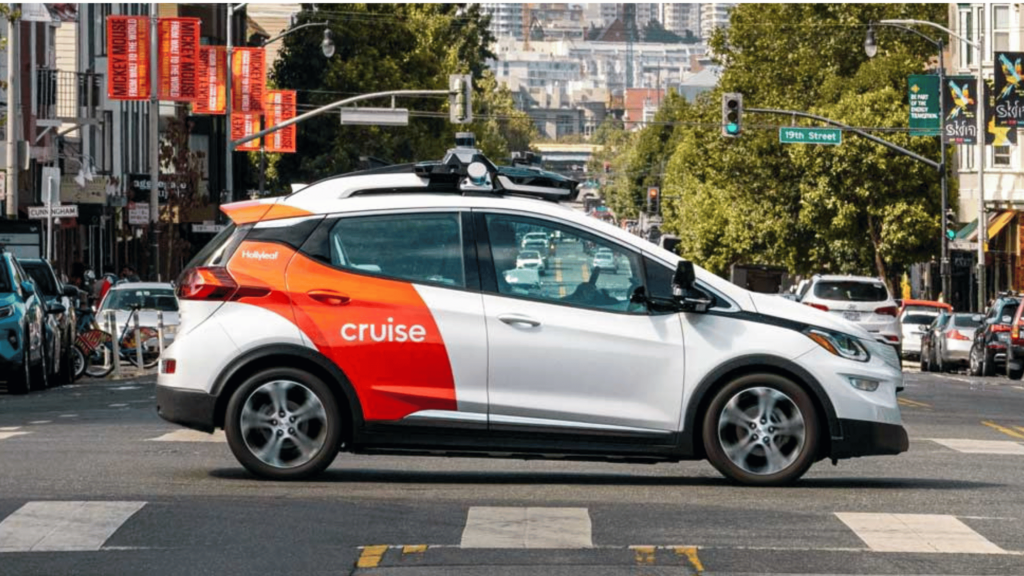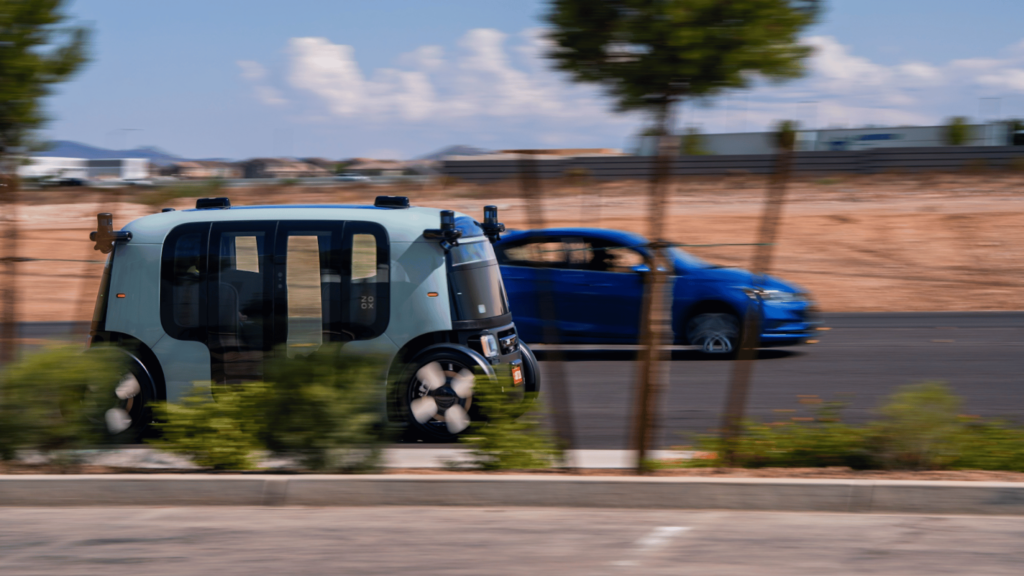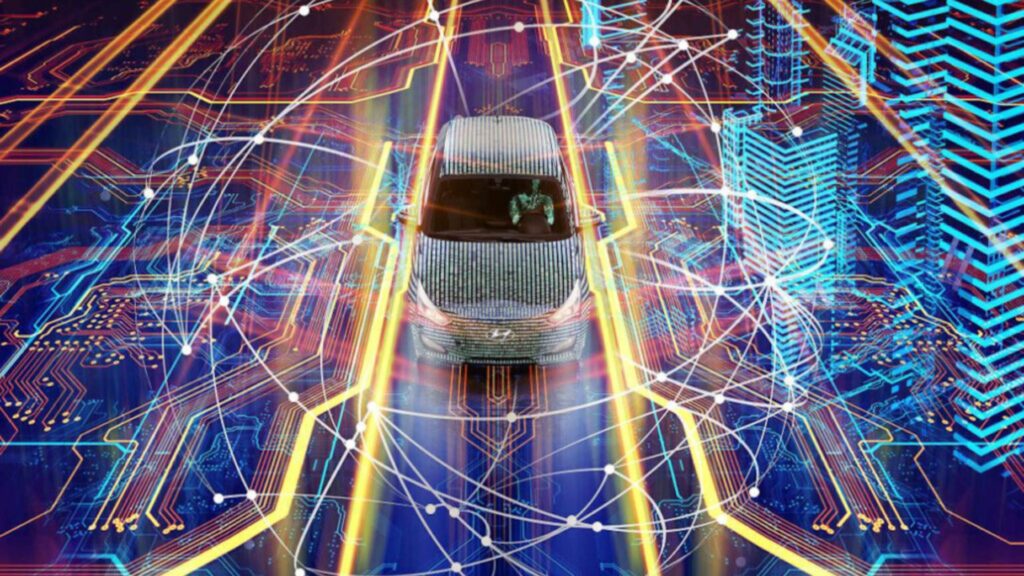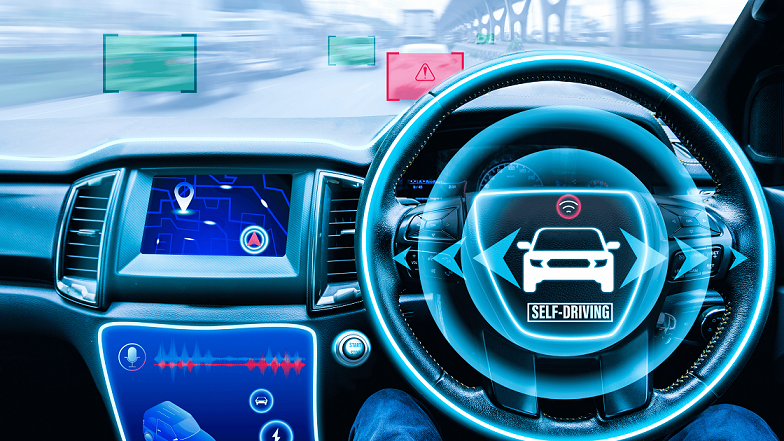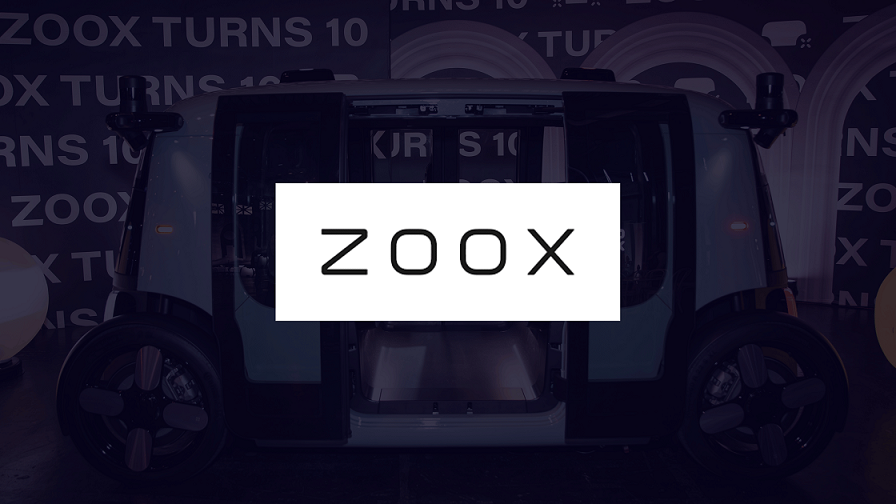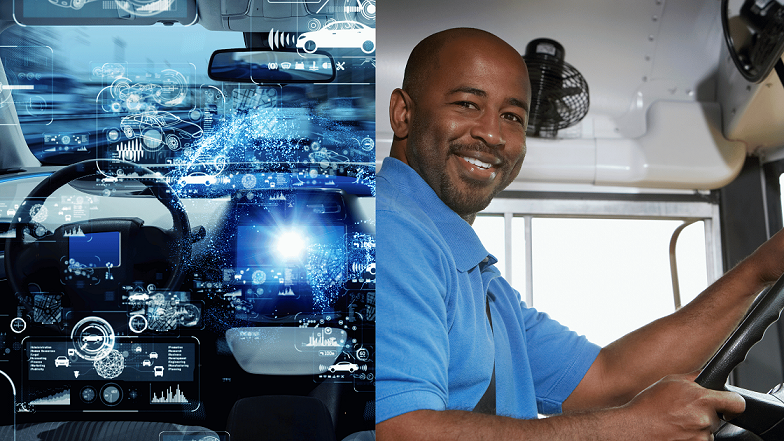- In the evening of October 2, 2023, on the corner of 5th and Market St., California, a human-driven vehicle collided with a woman and threw her into the path of a Cruise autonomous vehicle.
- The Cruise robotaxi allegedly braked aggressively but was unable to stop completely before rolling over the woman and dragging her for about 20 feet before coming to a final halt.
- When first responders arrived at the scene, they found a woman pinned underneath a Cruise driverless vehicle, with her leg sticking out from underneath the vehicle’s left rear wheel.
- Cruise saw its license revoked in California and recalled over 900 of its self-driving cars.
Cruise LLC is an American self-driving car company founded in 2013 by Kyle Vogt and Dan Kan. It is headquartered in San Francisco, California. In 2016, Cruise was acquired by General Motors (GM) in a standalone subsidiary deal, marking a major turning point for the autonomous vehicle manufacturer. It also managed to rake in billions of dollars in investments from notable brands and investors, including Microsoft, Honda, T. Rowe Price, and Walmart.
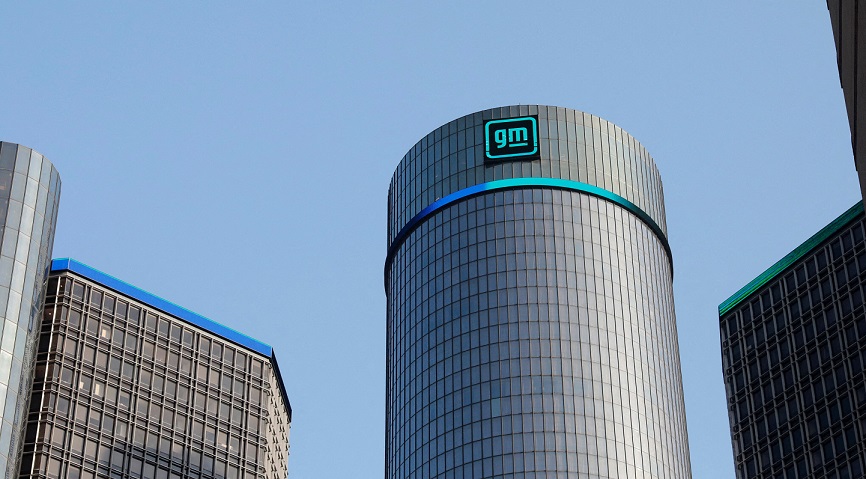
As driverless technology grew in popularity, Cruise was granted approval by the California Public Utilities Commission (CPUC) to conduct commercial passenger service using driverless vehicles (aka “robotaxis) in San Francisco. This happened in August 2023. The approval meant that Cruise (and Google’s Waymo) could charge fares for rides at any time of day. Prior to this, Cruise had started testing its robotaxis on the streets of San Francisco, although under strict guidelines.
Cruise continued to grow, and more cars began to take over the streets of San Francisco. In August 2023, Cruise officials said that the company had operated about 300 vehicles at night and 100 during the day in San Francisco, according to the San Francisco Chronicle.
Everything was going well for the automotive tech giant, not until people started reporting repeated incidents where their vehicles would stop suddenly or obstruct emergency responses. One example of a Cruise debacle was when its robotaxi blocked a San Francisco ambulance from rushing a pedestrian hit by a vehicle to the hospital on August 14, 2023, according to first responder accounts. The patient later died of their injuries.
In response, Cruise cut its fleet in the city by half while investigations remained ongoing. Cruise kept operating, up until its response to the October crash that saw a car hit a woman in San Francisco and flung her into the path of a Cruise robotaxi. The autonomous car hit the woman and then dragged her roughly 20 feet as it tried to pull to the curb.
This incident marked the beginning of a downward spiral for Cruise. The California Department of Motor Vehicles (DMV) accused Cruise of leaving out the part about the woman being dragged from the recovered video they shared with regulators, which it had initially shared with the public.
On October 24, 2023, the agency suspended Cruise’s permit to operate its self-driving cars in the state, citing “an unreasonable risk to public safety.”
Series of Events that Led to the Revocation of Cruise License in California
Here’s a breakdown of the key events that culminated in the revocation of Cruise’s license in California:
- Multiple Crashes: There were reports of Cruise vehicles causing accidents, including a head-on collision with another car in June 2022. These accidents, although largely minor, were still a cause for concern.
- Ambulance Delay: An incident in September 2023 involved Cruise vehicles blocking an ambulance, which some believe may have contributed to a patient’s death.
- Pedestrian Incident: In October 2023, a pedestrian struck by a human driver was thrown into the path of a Cruise car. The Cruise vehicle allegedly dragged the woman for about 20 feet while trying to pull to the sidewalk.
- Transparency Concerns: The California DMV accused Cruise of withholding video footage of the victim getting dragged 20 feet by the Cruise robotaxi, raising questions about transparency.
The aftermath of these events saw a slew of leaders at Cruise, including its chief executive, Kyle Vogt, leave the company. It also laid off about 24% of its workforce – or roughly 900 jobs.

Analyzing Root Causes of Cruise Robotaxi Crashes
Based on publicly available information and reports, here’s an analysis of the potential root causes of some of Cruise’s robotaxi crashes:
1. June 2022 Head-on Collision:
- Details are scarce, but a head-on collision suggests a potential issue with:
- Object detection and classification: The Cruise vehicle might have failed to properly identify or classify the oncoming car, leading to a misjudgment of the situation.
- Decision-making and planning: The software might not have planned a safe trajectory to avoid the collision or reacted appropriately to the situation.
September 2023 Ambulance Blocking Incident:
- Details are limited, but the incident raises concerns about:
- Sensor limitations: The Cruise vehicle’s sensors might not have adequately detected the emergency vehicle or its urgency.
- Maneuvering and path planning: The software might not have the capability to prioritize emergency vehicles or navigate effectively in such situations.
October 2023 Pedestrian Incident:
- A third-party report by Exponent Inc. (part of a report from law firm Quinn Emanuel) sheds light on this incident. The report cites leadership failure in Cruise robotaxi crash:
- Not at fault for initial collision: The report clarifies that the Cruise vehicle didn’t cause the initial pedestrian collision.
- She fell out of view: The Exponent report also said that the victim fell out of view of the robotaxi’s lidar object detection sensor. The Cruise car’s left wheel ran over her before it came to a halt.
- Misclassified secondary collision: The Cruise car incorrectly categorized the pedestrian hitting the car as a side-impact collision. This led to:
- Incorrect maneuver: Instead of an emergency stop, the car initiated a pullover maneuver, potentially dragging the pedestrian.
- Software limitations: This incident highlights potential limitations in Cruise’s software for handling complex scenarios involving multiple moving objects.
You May Also Like:
- Case Study: Is South Carolina Ready for Autonomous Vehicles?
- Driverless Technology: Key Components of Autonomous Vehicles (A Complete Teardown)
Response and Recovery: How Cruise Regained Cruise Control
The revocation of Cruise’s license to operate driverless cars in California was a significant setback, but the company’s response and recovery efforts have demonstrated resilience and commitment to their mission. In the face of that challenge, Cruise implemented a multi-faceted strategy focused on technological improvements, organizational changes, and rebuilding public trust.
Initial Response from Cruise
Crisis Management Strategies: Immediately following the license revocation, Cruise activated its crisis management plan. Cruise halted their expansion plans and culled a sizable percentage of their workforce. The company acknowledged the issue transparently and communicated openly with stakeholders, including regulators, investors, and the public. Addressing the situation head-on helped Cruise mitigate negative perceptions and reassure stakeholders of their commitment to safety and innovation.
Public Relations Efforts: Cruise’s PR team worked diligently to manage the narrative around the incident. They provided regular updates on their progress and the steps being taken to address the underlying issues. Engaging with media outlets and industry experts, Cruise emphasized their dedication to resolving the problems and highlighted their ongoing commitment to advancing autonomous vehicle technology safely.
Technological Fixes and Improvements
Software and Hardware Updates: One of the primary focuses of Cruise’s recovery efforts was to identify and rectify the technical issues that led to the license revocation. The company conducted an exhaustive review of their systems, pinpointing vulnerabilities in both software and hardware. Subsequent updates included enhanced algorithms for better decision-making, more robust sensor fusion techniques, and improved hardware reliability.
Enhanced Safety Features and Protocols: To prevent future incidents, Cruise implemented several new safety features and protocols. These included additional fail-safes within their autonomous driving software, more rigorous testing scenarios, and improved real-time monitoring systems. These measures were designed to ensure that any potential issues could be detected and addressed promptly, thereby increasing the overall safety and reliability of their AVs.
Organizational Changes
Leadership Restructuring: Recognizing the need for stronger oversight and expertise, Cruise made strategic changes to its leadership team. This included bringing in new executives with extensive experience in automotive safety, technology development, and regulatory compliance. These leadership changes aimed to reinforce Cruise’s commitment to operational excellence and strategic oversight.
Policy and Procedure Overhaul: In addition to leadership changes, Cruise undertook a comprehensive review of its internal policies and procedures. The company introduced more stringent quality control measures, enhanced training programs for their engineering teams, and established clearer protocols for incident response and reporting. These changes were designed to create a more robust operational framework capable of supporting the company’s ambitious goals.
Regaining Trust and Control
Transparent Communication with Stakeholders: Cruise placed a strong emphasis on maintaining transparent communication with all stakeholders. Regular updates were provided through press releases, social media, and direct communication channels. This action helped Cruise rebuild trust and demonstrated their proactive approach to problem-solving.
Collaboration with Regulators and Industry Partners: Recognizing the importance of regulatory compliance and industry collaboration, Cruise worked closely with regulatory bodies to address concerns and meet required standards. This included participating in regulatory reviews, providing detailed reports on their safety protocols, and engaging in dialogue to ensure alignment with industry best practices. Additionally, Cruise strengthened partnerships with other AV industry leaders, sharing knowledge and resources to enhance overall safety and innovation in the field.
Rebuilding Brand Reputation: Rebuilding their brand reputation didn’t come cheap. Cruise launched targeted marketing campaigns and community outreach programs. These initiatives highlighted the company’s commitment to safety, innovation, and social responsibility.
In summary, Cruise is back in business, but with limitations compared to their pre-incident operations. The company restarted operations in some cities, including Phoenix, Arizona, in early 2024. They’ve also resumed operations in Houston, Texas. However, these are not fully driverless “Level 5” operations. Human drivers are behind the wheel to monitor the vehicles and intervene if needed. The goal is to restart data collection for manually operated vehicles with the aim of resuming driverless operations in the foreseeable future.
Its parent company, General Motors, recently invested another $850 million into Cruise despite its 2023 setback that saw it lose a whopping $3.48 billion. To date, GM has invested more than $8 billion into Cruise, despite not seeing much of a return on investment. Apparently, the Cruise project is going nowhere, as GM is solidly behind its subsidiary company.
While Cruise is expected to return to fully driverless operations soon, the timeline, however, is unclear. The company is prioritizing rebuilding trust with regulators and the public. This includes a focus on safety improvements and a more cautious approach to expansion.
The Future of Autonomous Vehicles After the Cruise Incident
The revocation of Cruise’s license in California marked a significant moment in the autonomous vehicle (AV) industry, highlighting the complexities and challenges that come with developing and deploying such advanced technology. However, the incident also provided valuable lessons as well as changes that could shape the future of AVs.
Here’s an exploration of what the future holds for autonomous vehicles in light of the Cruise debacle:
Stricter Safety Standards: The Cruise incident underscored the need for rigorous safety standards in the AV industry. Companies will need to invest more in safety technologies, including advanced sensors, real-time monitoring systems, and fail-safe mechanisms.
Enhanced Testing Protocols: To prevent similar incidents, the AV industry is expected to adopt more stringent testing protocols. This includes extensive simulation testing, real-world testing in diverse environments, and rigorous validation processes.
Improved AI and Machine Learning: The Cruise debacle has driven home the importance of robust AI and machine learning algorithms capable of handling complex driving scenarios. Future AVs will likely feature more sophisticated AI that can better interpret and respond to dynamic environments, improving overall safety and performance.
Integration of Advanced Sensors: To enhance situational awareness, AVs will incorporate more advanced sensor technologies, such as lidar, radar, and high-definition cameras. These sensors will provide a richer dataset for the vehicle’s AI to process, leading to more accurate and reliable decision-making.
Rebuilding Public Trust: Public trust is crucial for the widespread adoption of AVs. Following the Cruise incident, AV companies will need to engage in more proactive public relations efforts, emphasizing their commitment to safety and transparency. Educational campaigns and community engagement initiatives will play a key role in rebuilding confidence in autonomous technology.
Showcasing Success Stories: Highlighting successful deployments and positive outcomes of AV technology will be essential. AV companies must demonstrate real-world benefits, such as reduced traffic accidents, lower emissions, and improved accessibility. This can help shift public perception and foster acceptance of AVs.
Beyond the Cruise debacle, the future of the AV industry is bright. This new technology is fast gaining public acceptance, and this is largely due to the fact that everyone can use it. Driving limitations for people with disabilities, the sick and elderly, etc., will soon become a thing of the past.
In the coming months and years, AVs will extend beyond personal transportation to include various applications such as logistics, delivery services, and public transportation. Companies will explore diverse business models, including ride-hailing services, subscription-based models, and autonomous vehicle-as-a-service (AVaaS) offerings.
Update: General Motor has shutdown Cruise robotaxi unit, citing several reasons. It is now focused on integrating its ADAS “The Cruise Driver” into purpose-built vehicles.

I’m Dr. Brandial Bright, also known as the AVangelist. As a dedicated and passionate researcher in autonomous and electric vehicles (AVs and EVs), my mission is to educate and raise awareness within the automotive industry. As the Founder and Managing Partner of Fifth Level Consulting, I promote the adoption and innovation of advanced vehicle technologies through speaking engagements, consulting, and research as we progress to level 5 fully autonomous vehicles.

